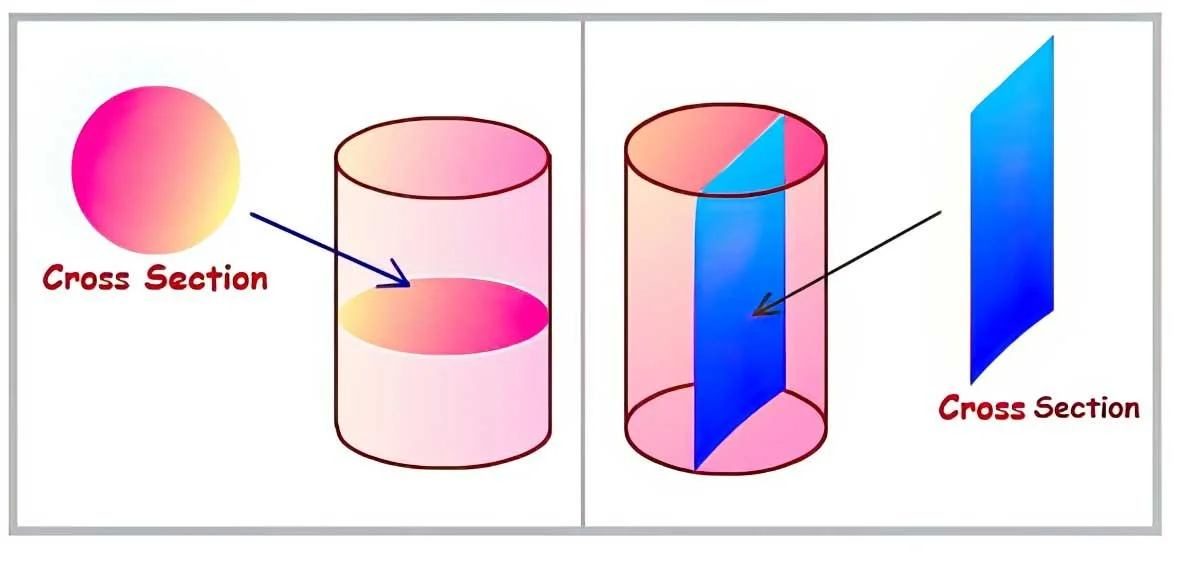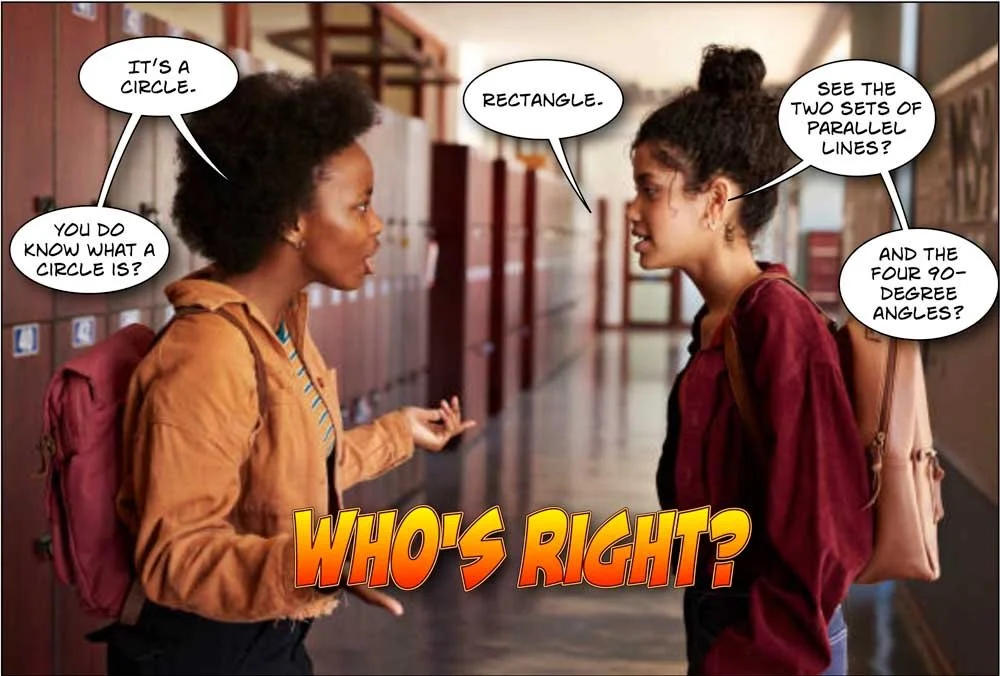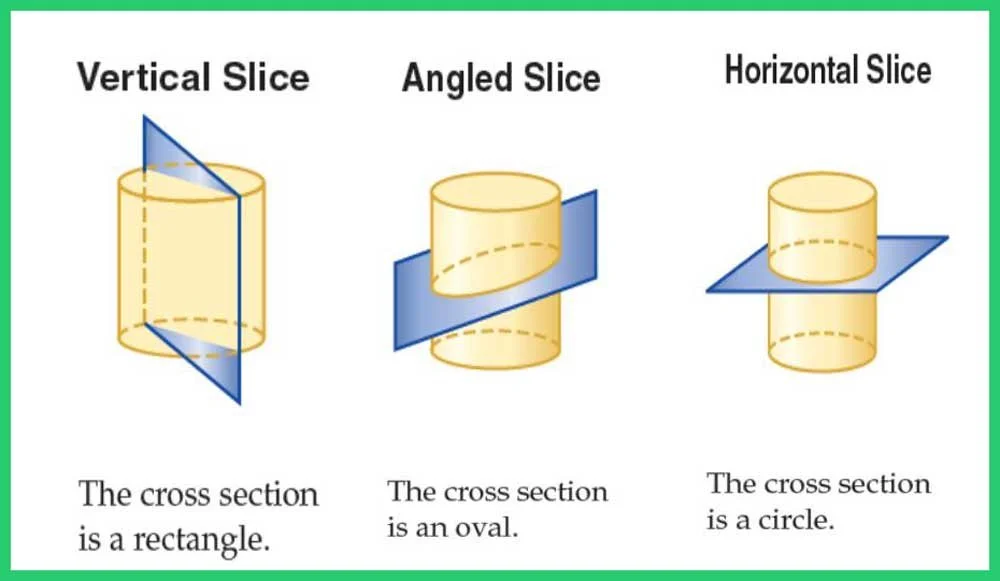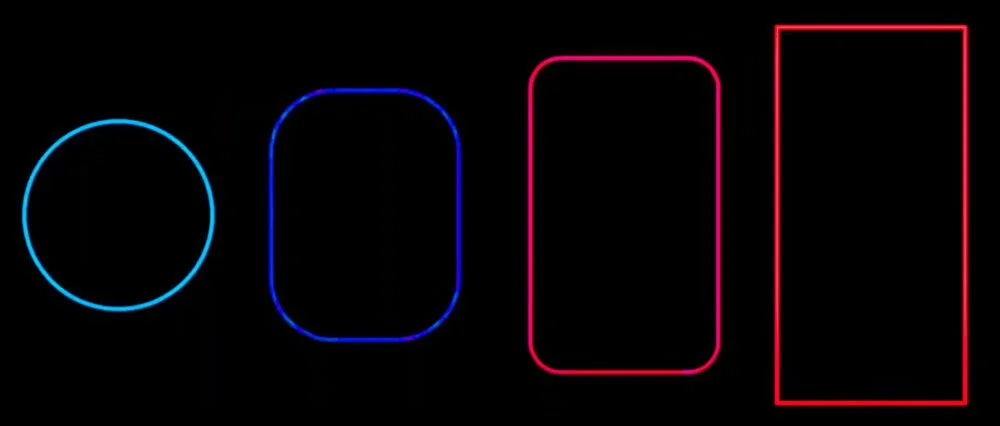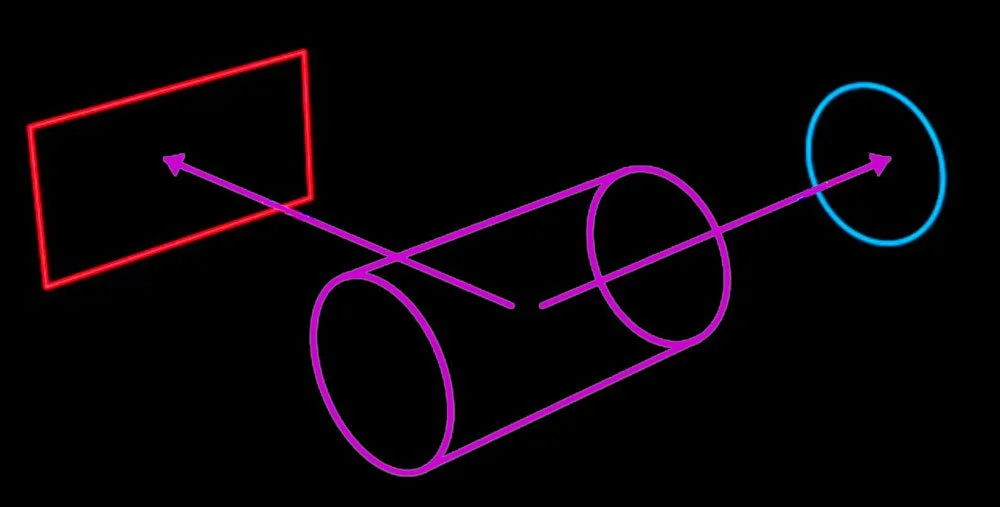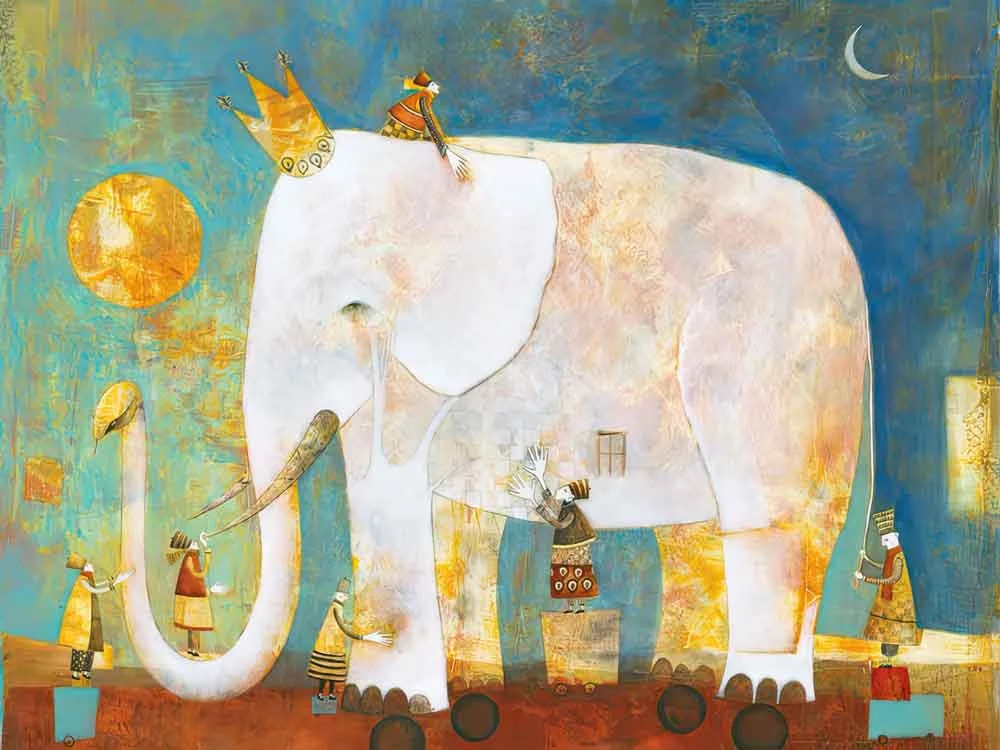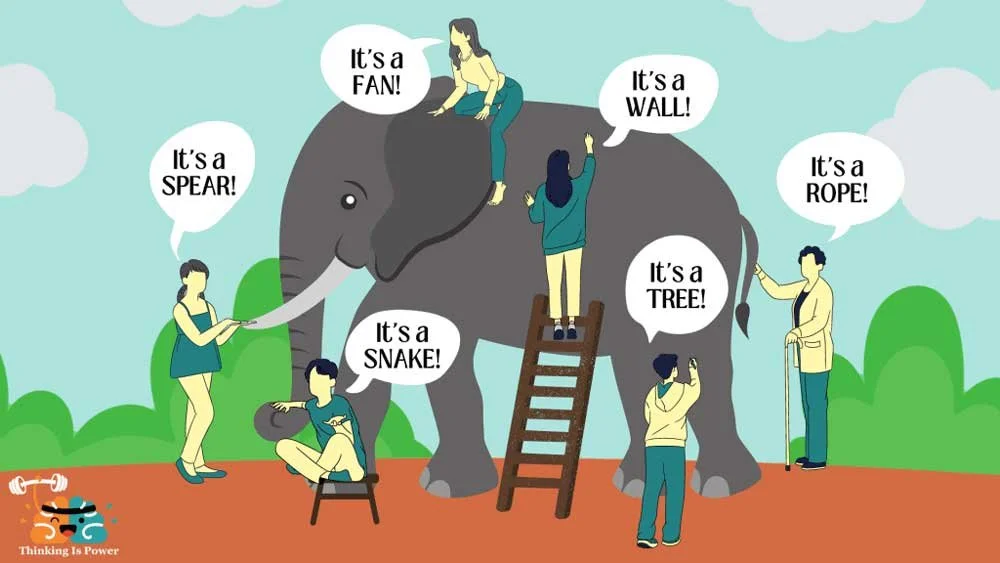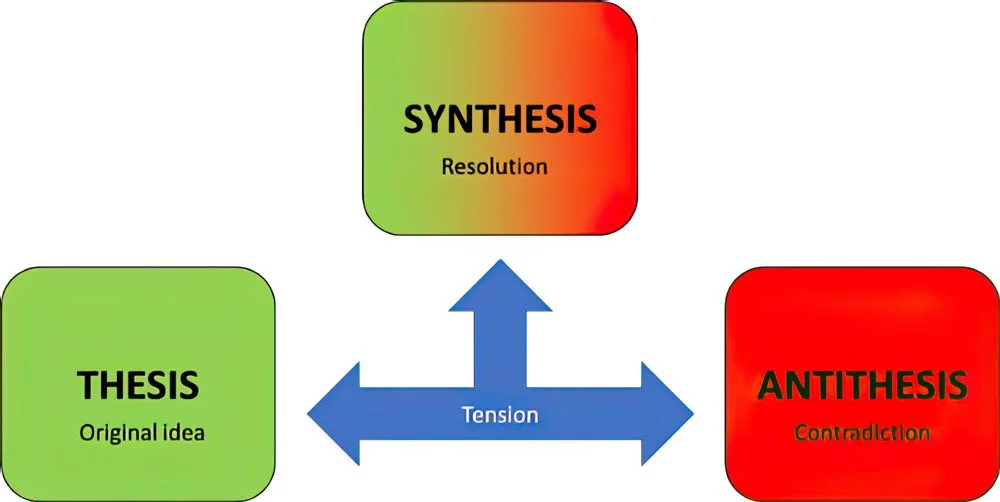DIALECTICAL THINKING
THESIS • ANTI-THESIS • SYN-THESIS
Is a cylinder a 2D or 3D shape?
Are circles and rectangles 2D or 3D shapes?
If I look at a 2D slice of a cylinder, what shape might I see?
What’s another shape I might see if I look at a 2D slice of a cylinder?
Which slice is right, which slice wrong?
Why does finding the “middle point” between two opinions not always solve disagreements?
Is a cylinder a mix of a circle and a rectangle? Why or why not?
Of the 6 blind men trying to describe an elephant, which one is right?
When looking at a difficult problem, how many different perspectives are best?
What are the three parts of dialectical thinking?
• Read •
DIALECTICAL THINKING
THESIS • ANTI-THESIS • SYN-THESIS
IMAGINE A CYLINDER
Let’s start by imagining a cylinder. A cylinder is a simple three-dimensional shape, like a can of soup.
Now, let’s imagine there are two creatures who live in a world with only two dimensions. That means they can only see flat shapes—like circles, squares, and triangles.
One creature cuts through the cylinder straight across the top. What does it see? A circle!
The other creature slices the cylinder from the side. What does it see? A rectangle!
AN ARGUMENT STARTS
Now the two creatures start to argue.
One says, “The cylinder is a circle!”
The other says, “No, the cylinder is a rectangle!”
They both have proof. They both see what they see. And they both think they are right.
Here’s the interesting part: they are both right… and yet, neither one sees the full truth.
CREATURE #3
Now imagine a third creature.
This one can move between the top and the side. She sees both the circle and the rectangle. (She can see ovals too!)
This third creature has a choice. It could say:
“Let’s keep switching between the circle and the rectangle,” or
“Maybe the truth is something in the middle,” like a squished shape that’s part circle and part rectangle.
But here’s the thing: a cylinder is not really a mix of a circle and a rectangle. It’s something else entirely!
We often think of different opinions like being two ends of a line—like hot and cold, or tall and short.
We try to find the "middle point."
But sometimes, the ideas are not on the same line at all.
They’re like two shapes that don’t even touch—like a circle and a rectangle from different directions.
In that case, finding “the middle” doesn’t always make sense.
So why does this matter?
Because the world—just like the cylinder—can’t always be fully understood from just one point of view.
• Remember the 6 blind men and the elephant?
If we want to understand big ideas or complicated problems, we need to look at them from more than one perspective.
This kind of thinking is called dialectical thinking.
How Dialectical Thinking Works
Here’s how it works:
First, you start with an idea. (This is called a thesis.)
Then, you explore an opposite idea. (This is called an antithesis.)
Finally, you bring the two together in a new way. (This is called a synthesis.)
This process helps us build a deeper, better understanding—not just picking one side or the other, but creating something new from both.
That’s dialectical thinking!
Cylinder – A 3D shape like a can; it has two round ends and straight sides.
Dimension – A direction or way to measure something (like length, width, or height).
Perspective – A way of seeing or thinking about something.
Synthesis – A new idea made by combining two or more ideas.
Three-dimensional (3D) – Something that has length, width, and height, like a ball or a box.
Two-dimensional (2D) – A flat shape that only has length and width, like a drawing.
► COMPREHENSION QUESTIONS
— please answer with complete sentences
Is a cylinder a 2D or 3D shape?
Are circles and rectangles 2D or 3D shapes?
If I look at a 2D slice of a cylinder, what shape might I see?
What’s another shape I might see if I look at a 2D slice of a cylinder?
Which slice is right, which slice wrong?
Why does finding the “middle point” between two opinions not always solve disagreements?
Is a cylinder a mix of a circle and a rectangle? Why or why not?
Of the 6 blind men trying to describe an elephant, which one is right?
When looking at a difficult problem, how many different perspectives are best?
What are the three parts of dialectical thinking?
► From EITHER/OR ► BOTH/AND
► FROM Right/Wrong ► Creative Combination
Two friends, Aut and Bem, have very different perspectives about an event.
THESIS — Aut: I am 100% right! Look at the evidence! It proves I am right!
ANT-THESIS — Bem: I am 100% right! Look at the evidence! It proves I am right!
SYN-THESIS — How might they both be right?







